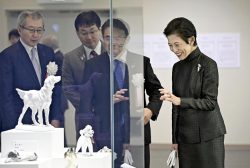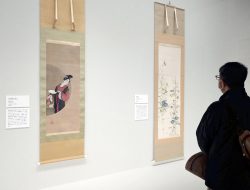Indispensable Craftsmanship for Producing Traditional Nara Sumi Inksticks; Going from Doughy Soot to Beautiful Ink
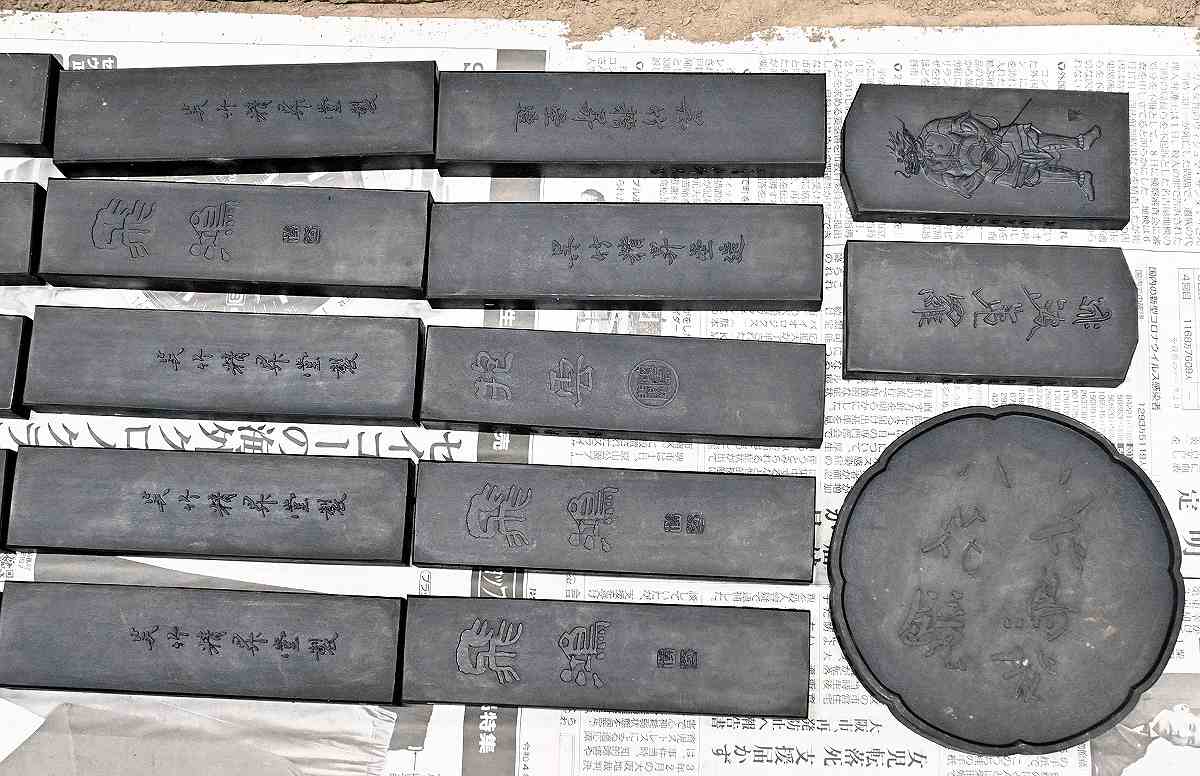
Molded inksticks are laid out on a bed of ash to dry.
15:00 JST, July 2, 2024
NARA — Sumi ink, introduced to Japan from the Korean peninsula during the Asuka period (592-710), is indispensable for the copying of sutras and studying in general. The process of producing inksticks flourished in Nara, where there are many temples and shrines.
The production of Nara Sumi Inksticks is believed to have originated at Kofukuji temple in Nara during the Muromachi period (1336-1573).
The work of skilled craftspeople is indispensable in their production.
One task that requires especially experienced craftspeople is the kneading of sumidama, a dough-like soft ink. Sumidama is made by mixing soot with nikawa glue, a concentrated liquid extracted from animal hide and other materials.
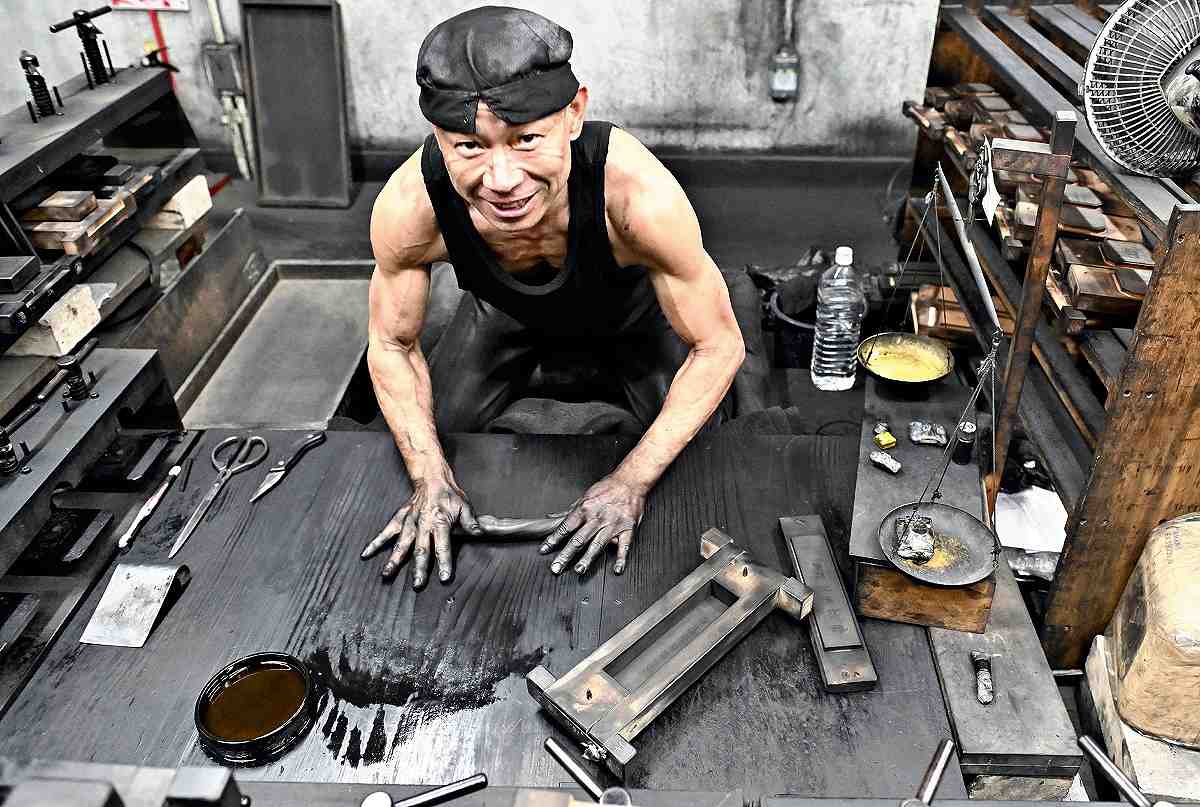
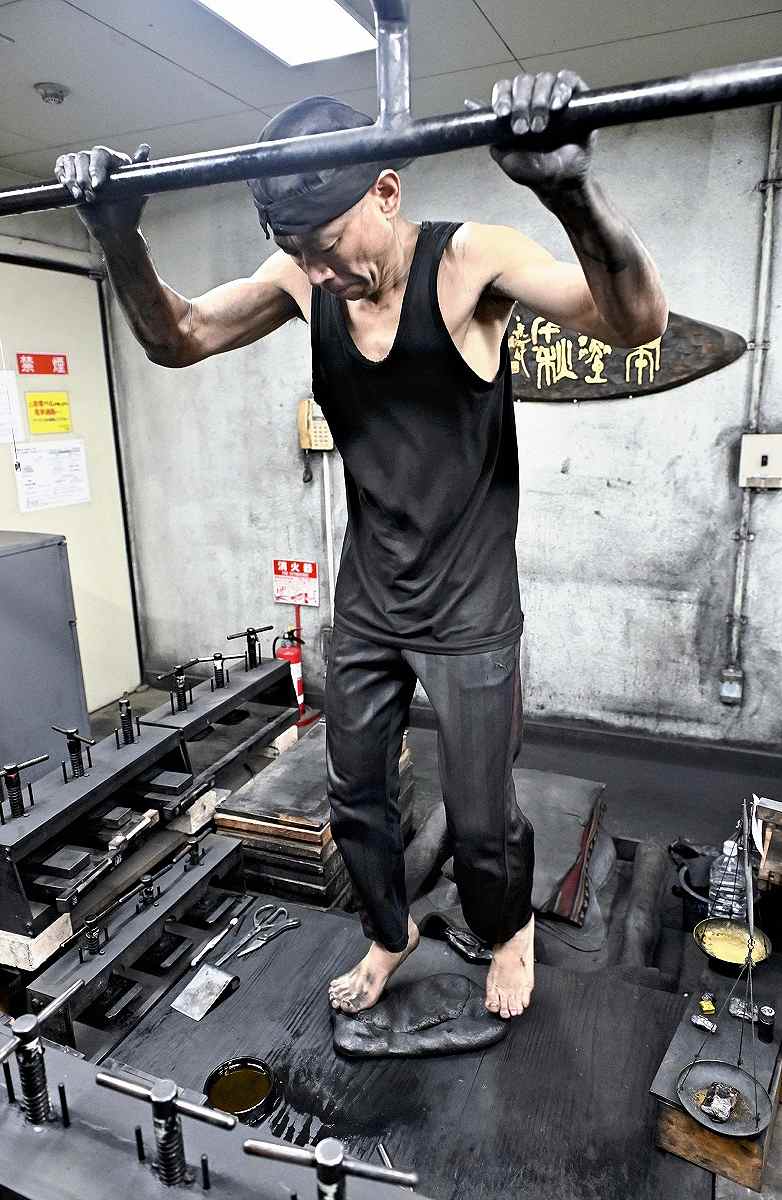
Top: Gendo Nishioka kneads sumidama, a skilled part of the inkstick production process. Bottom: Gendo Nishioka kneads sumidama with his bare feet.
Unless sumidama is properly kneaded with bare feet or bare hands to make the consistency of the soot and glue uniform, it is impossible to produce beautiful, high-quality black ink.
Gendo Nishioka, 53, has a 25-year career as the sole craftsman who kneads sumidama at Nara-based Kuretake Co., a manufacturer of calligraphy tools since 1902.
“It is a delicate process that requires changing the pressure and kneading method to suit the surrounding temperature and humidity. Even now, I go through a trial-and-error process every day,” Nishioka said.
If the kneading is not sufficient, air can be trapped into the inkstick and cause it to break, he said.
The kneaded sumidama is placed in a wooden mold, into which patterns have been engraved, and then allowed to dry for several months before completion.
The carver who engraves the patterns on the wooden molds must also be highly skilled. There are currently only three such carvers in Japan, including one at the company.
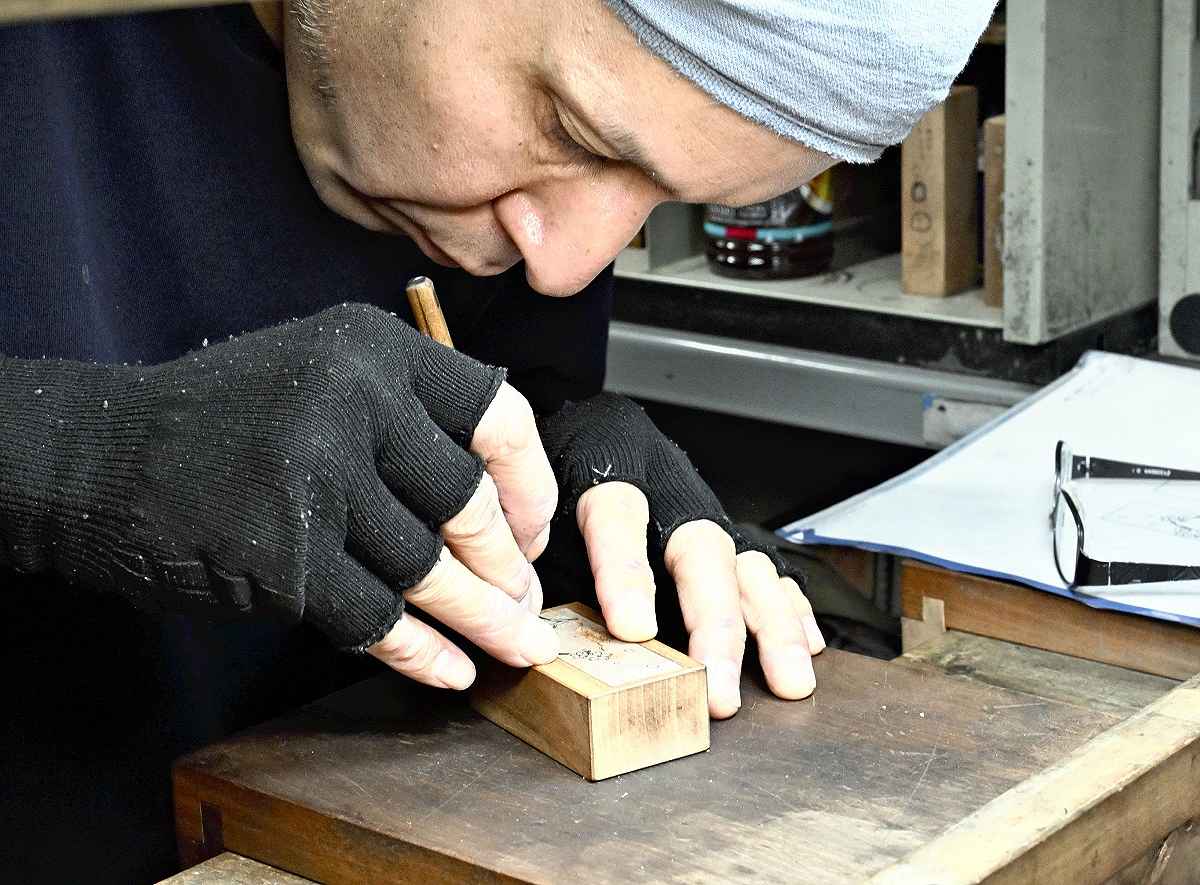
A pattern is carved into a wooden mold.
Sumi inkstick production has been in decline, plunging from 22.65 million in 1935 to 700,000 in 2013, which is about 3% of its peak.
The number of companies in the Nara sumi association has dropped from 40 to nine. This is partly due to the decrease in the number of people who practice calligraphy and the spread of readily available liquid sumi ink.
“Even if we grind inksticks with the same ink stone, the ink color and fluidity change depending on the day’s climate and the temperature of the water. The condition changes with each grind,” said Makoto Yoshino, 59, general manager of the company. “That’s the charm of inksticks. I never get tired of it.”
There are even noticeable differences when mixing liquid sumi ink with traditional ink, he said.
Meanwhile, sales of sumi inksticks account for only a small percentage of the company’s total sales.
“If the situation continues, the sumi ink business may become unprofitable. But we can’t afford to stop making this traditional Nara craft that’s been passed down over the centuries,” Yoshino said.
The company is also training craftsmen and researching more efficient manufacturing methods.
The company has been focusing on increasing overseas demand in recent years and has started selling 12 colors of sumi ink for painting materials since 2021.
“Sumi is long-lasting, durable and has more character than other kinds of ink. Few art materials from Japan are used as much globally as sumi ink,” he said.
There are still many charms and uses for inksticks that are yet to be known.
"Culture" POPULAR ARTICLE
-
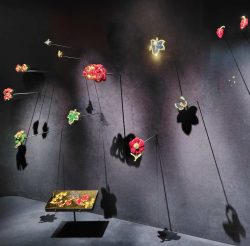
Van Cleef & Arpels Dazzles with Art Deco Artisanry at Tokyo Exhibit
-

Disney’s ‘Twisted-Wonderland’ Animated Series Puts Villains in Spotlight: New Show Features School Inspired by Classic Disney Films
-
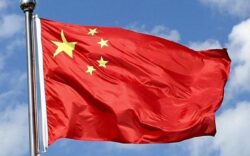
Ayumi Hamasaki’s Shanghai Concert Canceled Day Before Schedule as Part of Beijing Backlash
-

‘The World Masterpiece Theater Series’ Celebrates 50 Years; Animator Looks Back on Creating Anime Classics
-

Popularity of Piggy Banks Across Time and Place Seen at Bank’s Museum of Money Boxes in Hyogo Pref.
JN ACCESS RANKING
-

Tokyo Economic Security Forum to Hold Inaugural Meeting Amid Tense Global Environment
-

Keidanren Chairman Yoshinobu Tsutsui Visits Kashiwazaki-Kariwa Nuclear Power Plant; Inspects New Emergency Safety System
-

Imports of Rare Earths from China Facing Delays, May Be Caused by Deterioration of Japan-China Relations
-

University of Tokyo Professor Discusses Japanese Economic Security in Interview Ahead of Forum
-

Japan Pulls out of Vietnam Nuclear Project, Complicating Hanoi’s Power Plans



